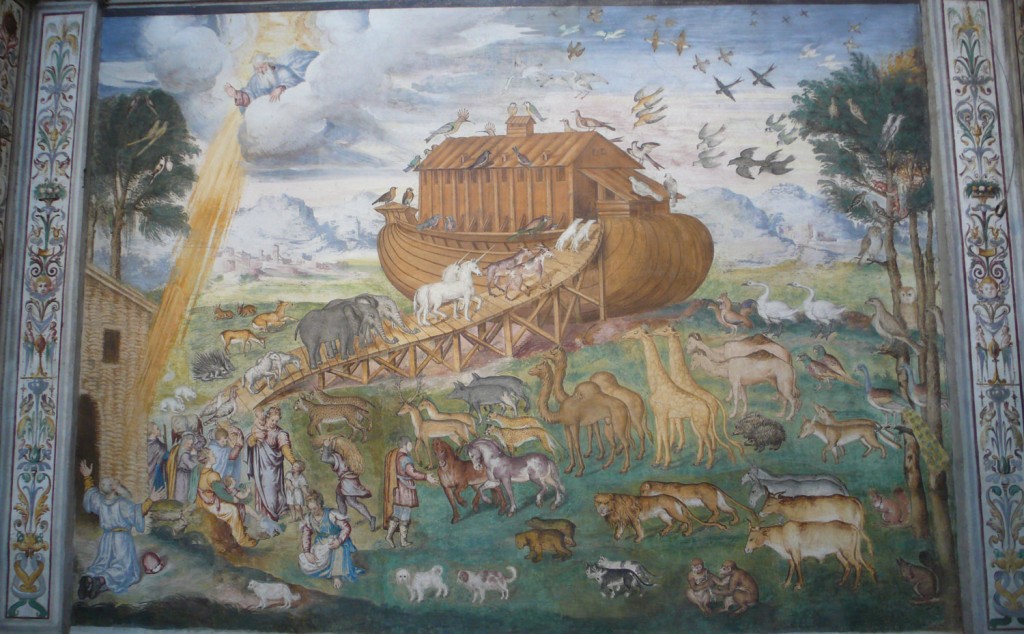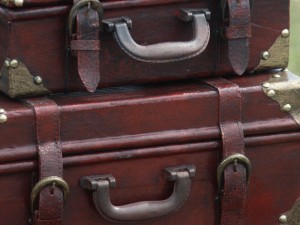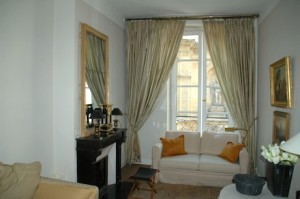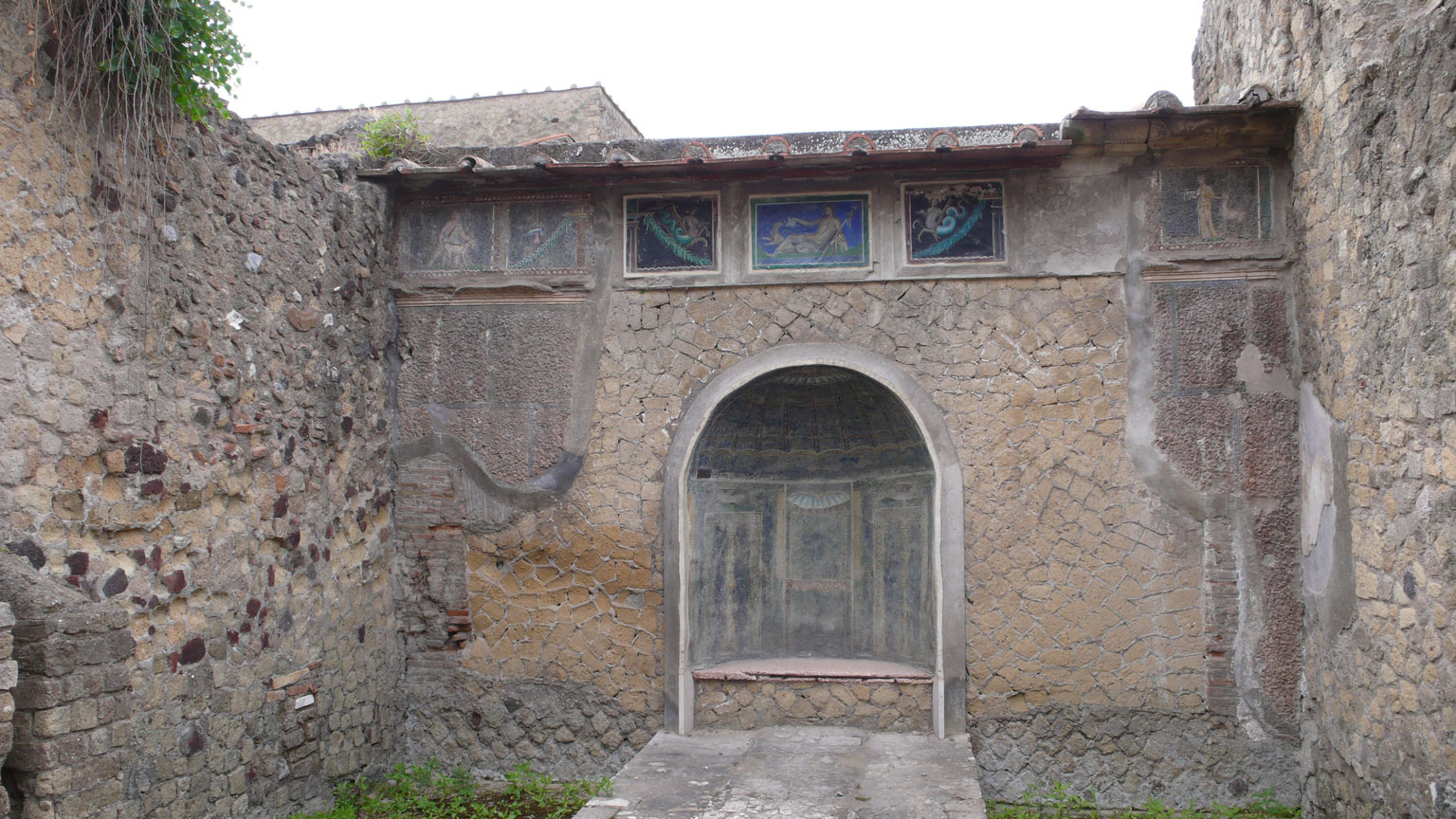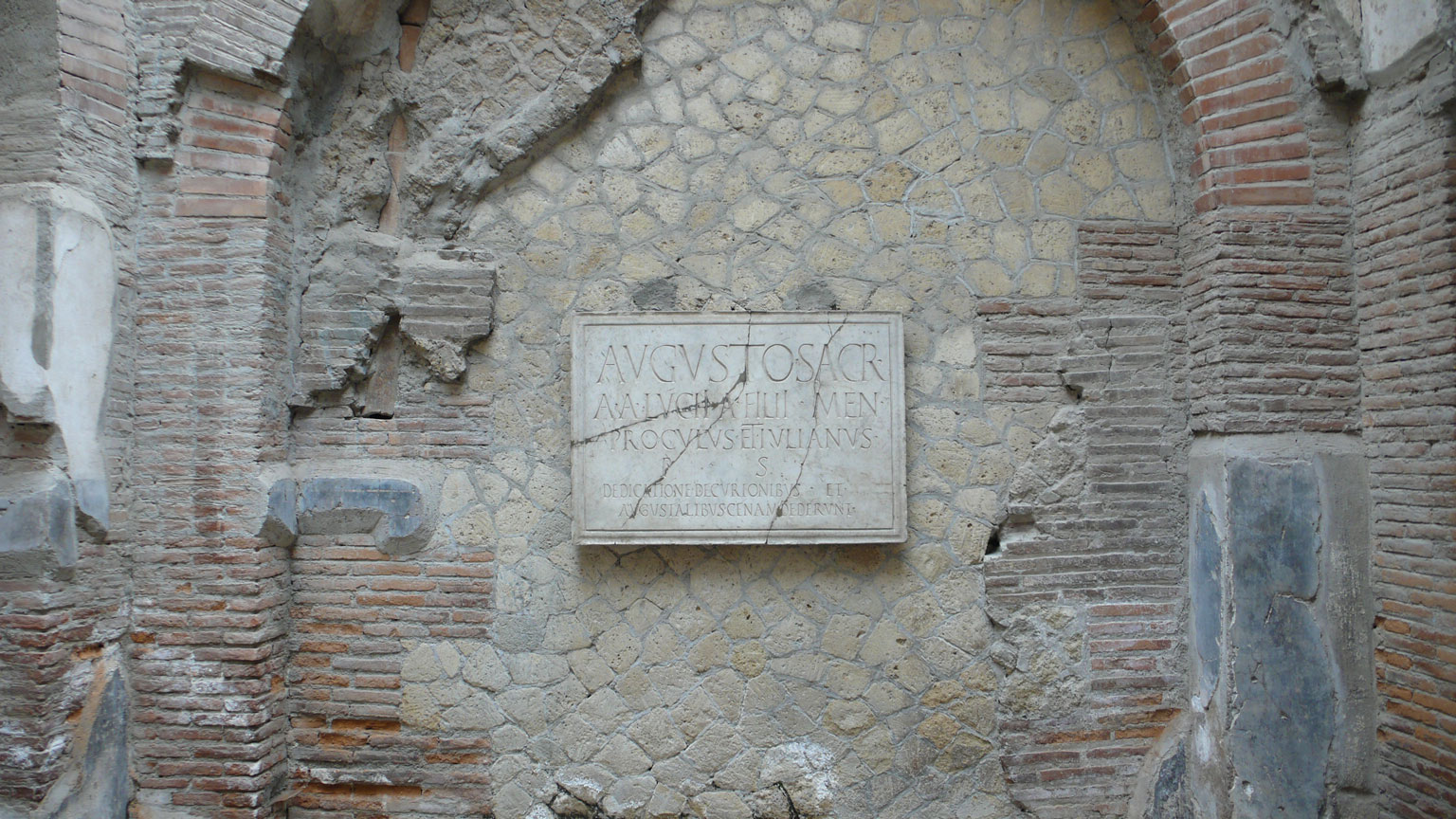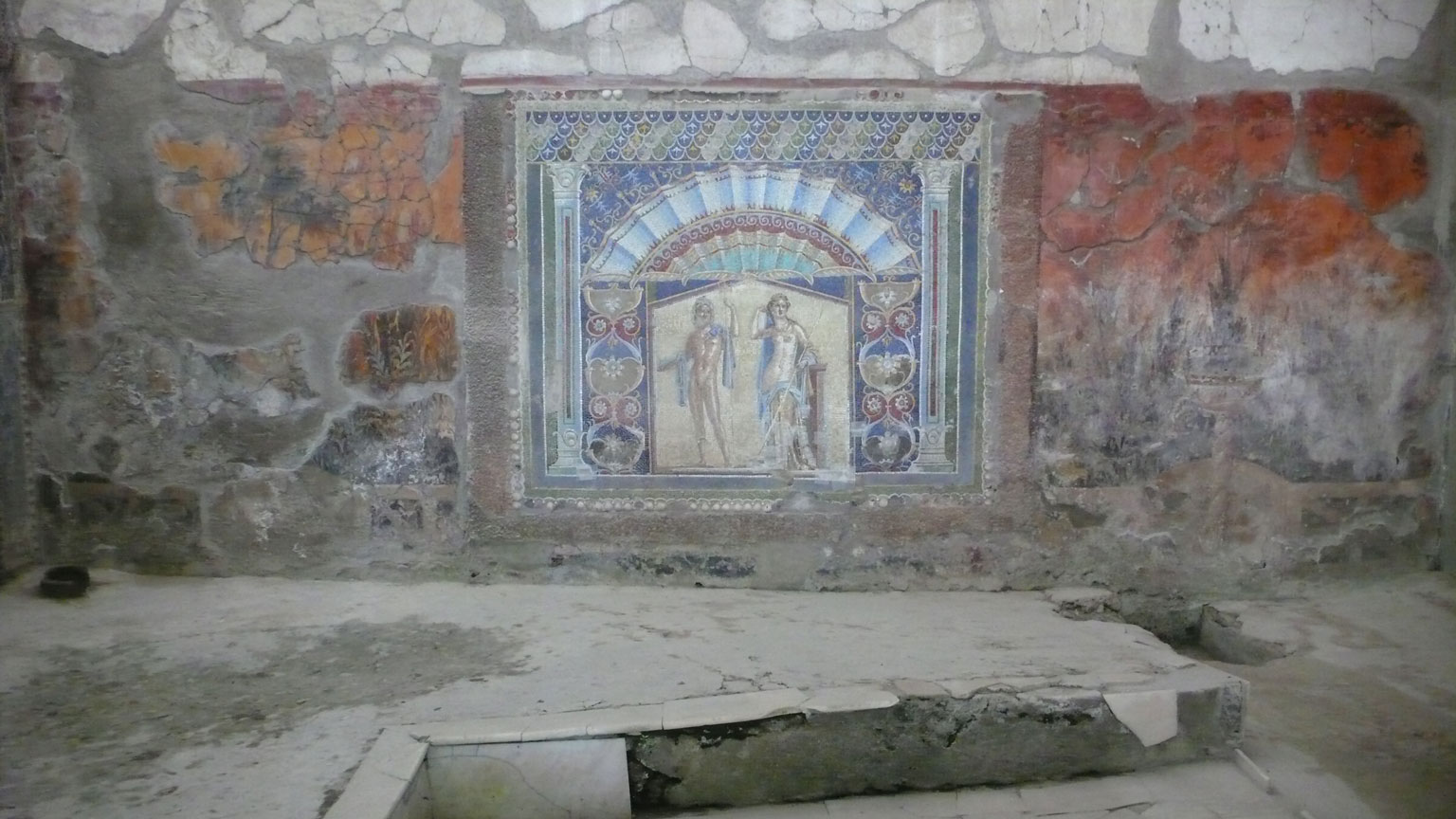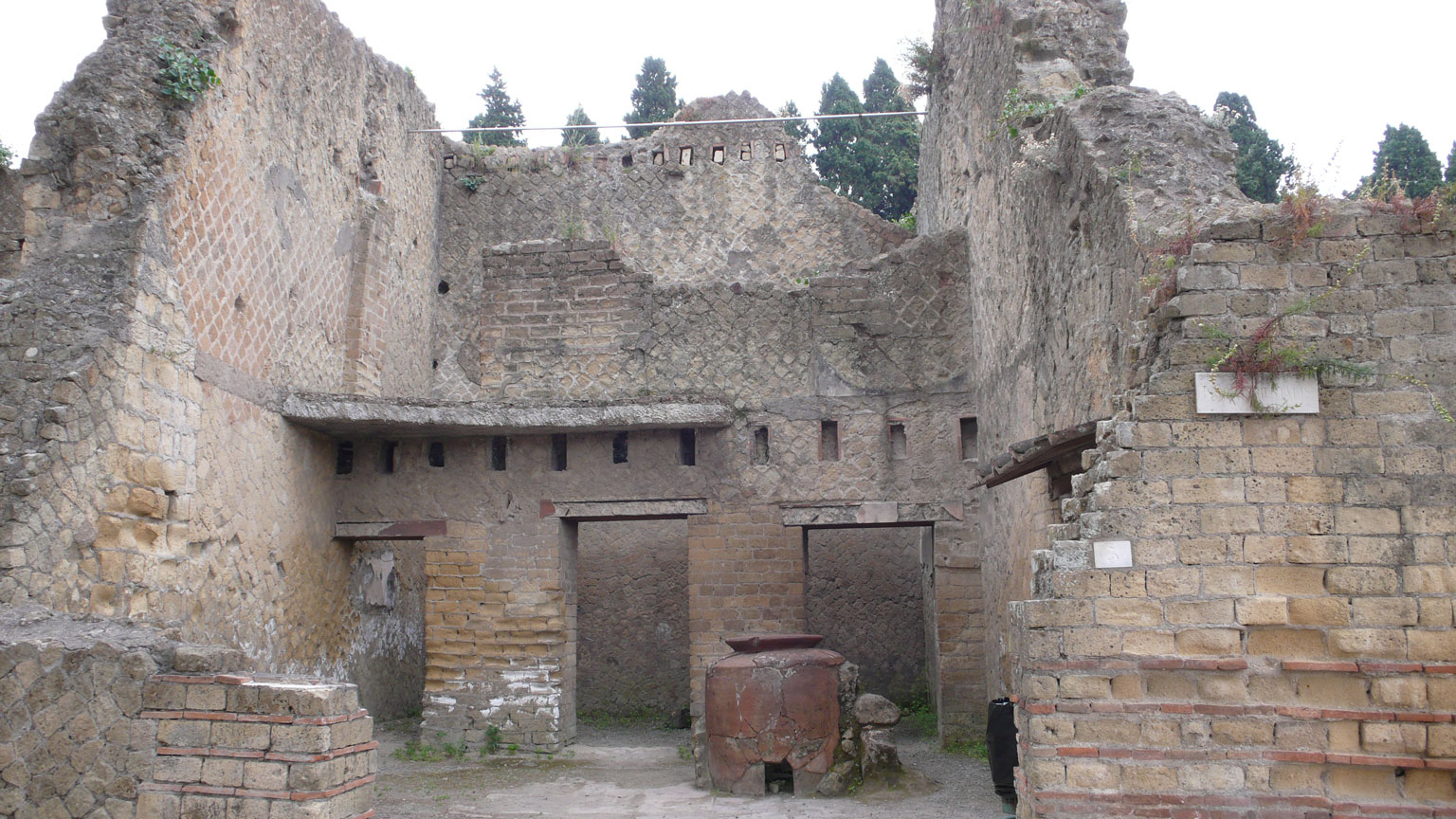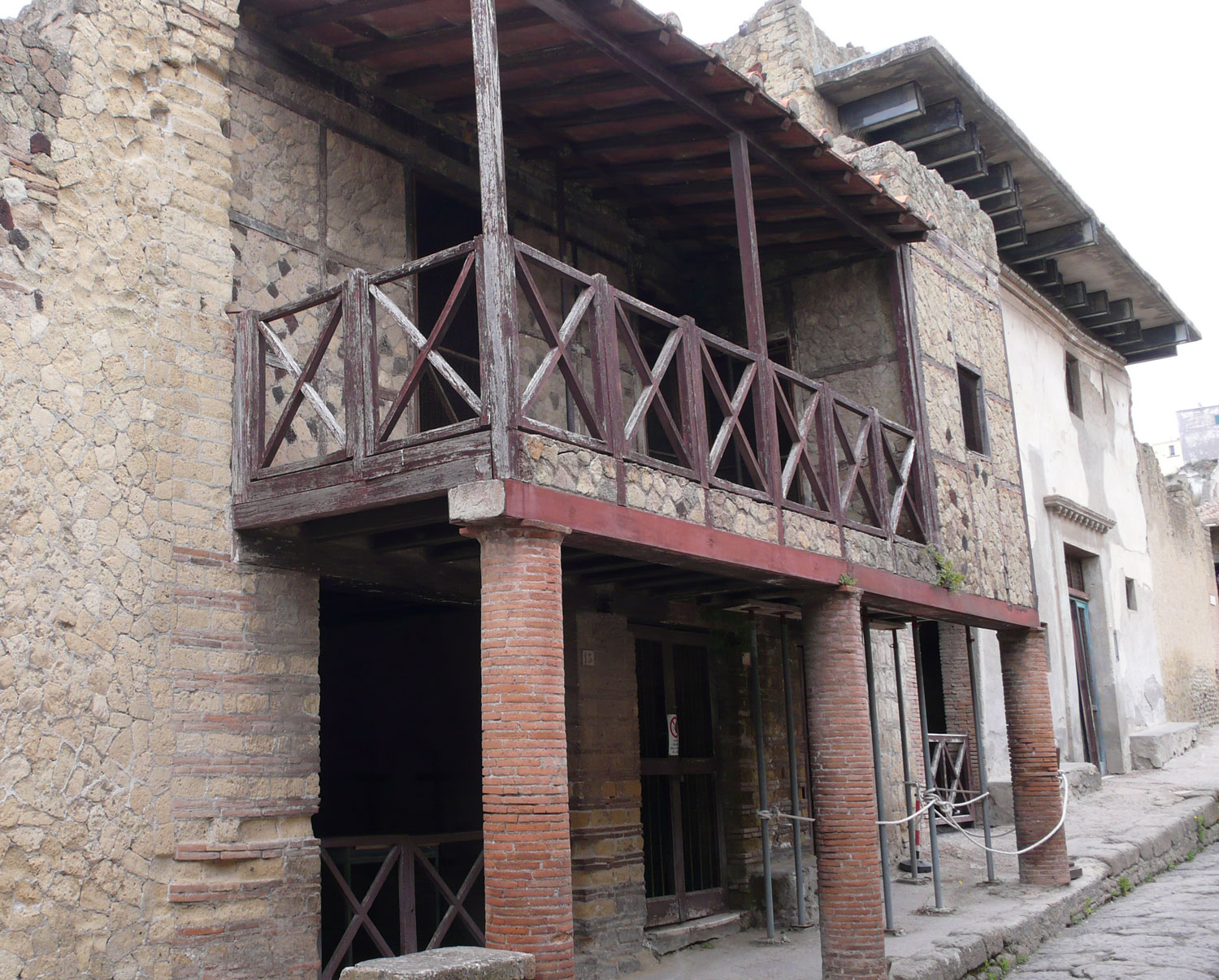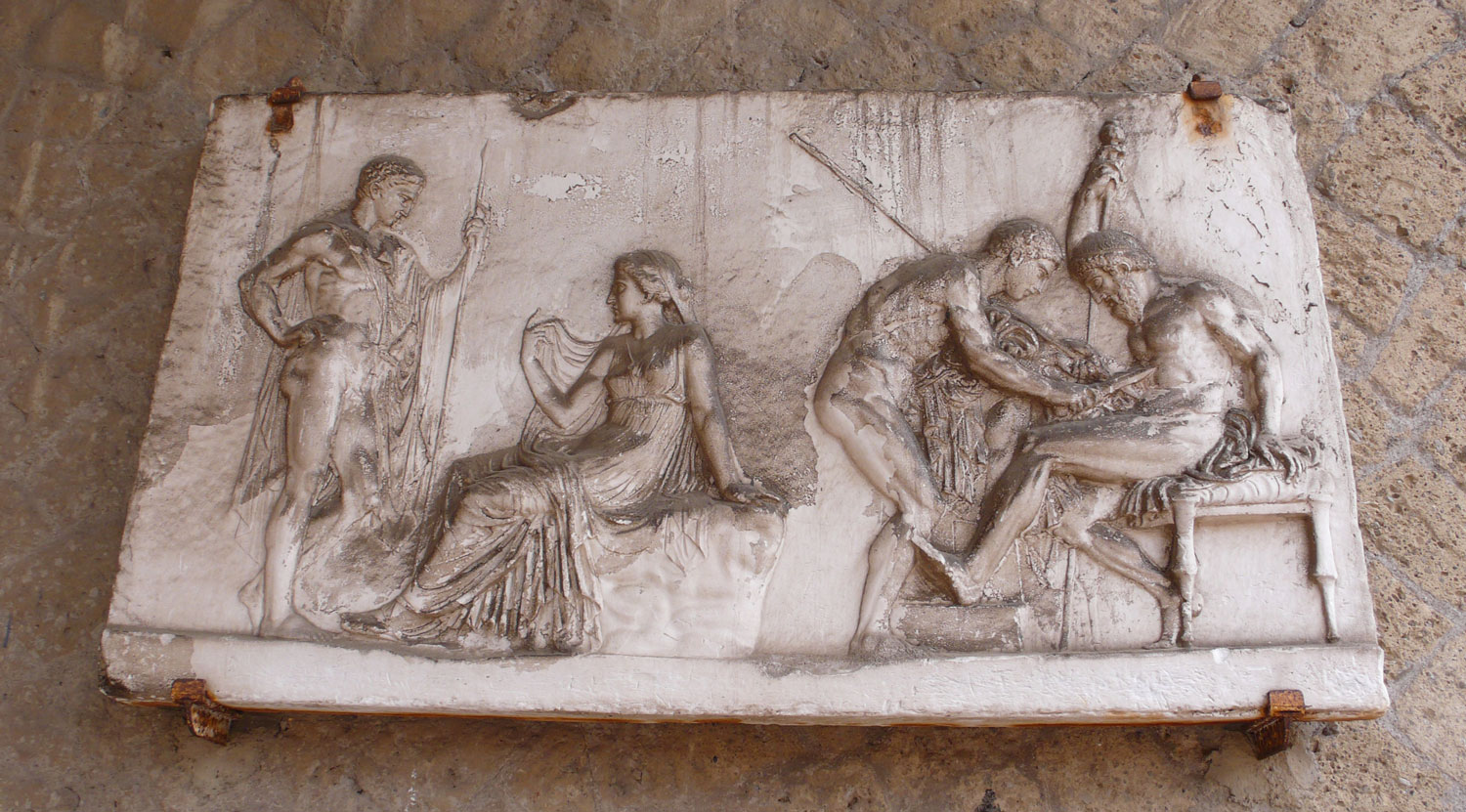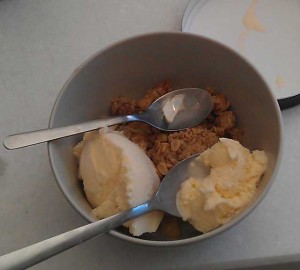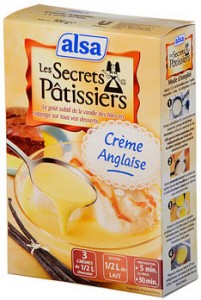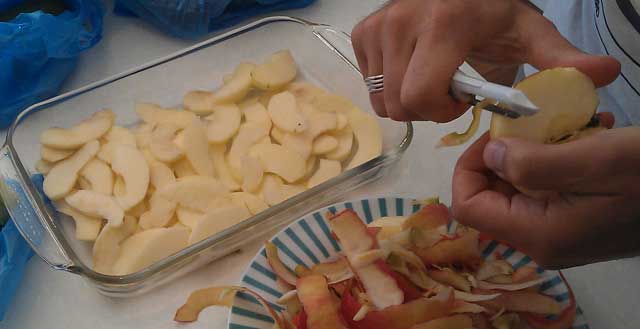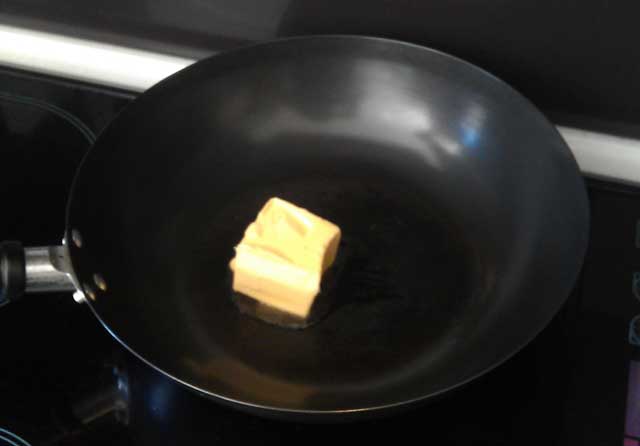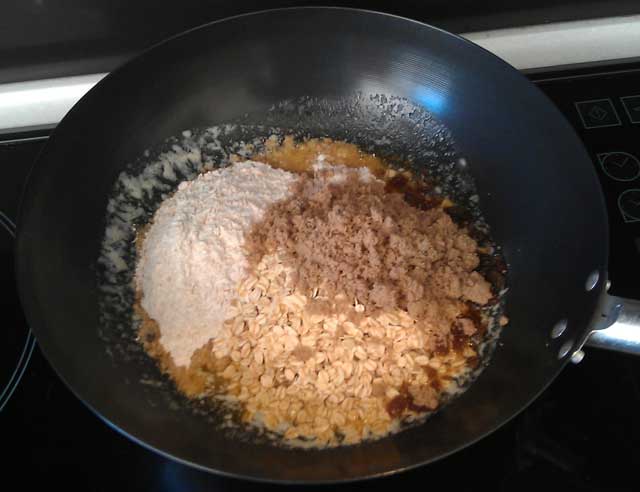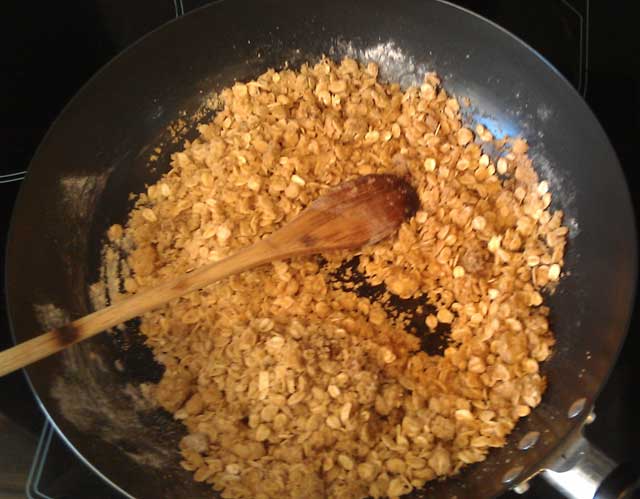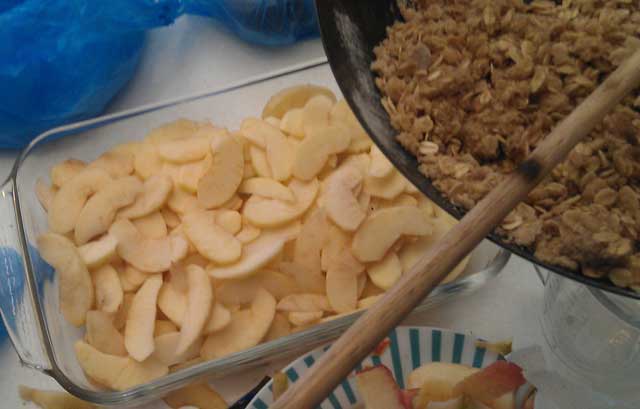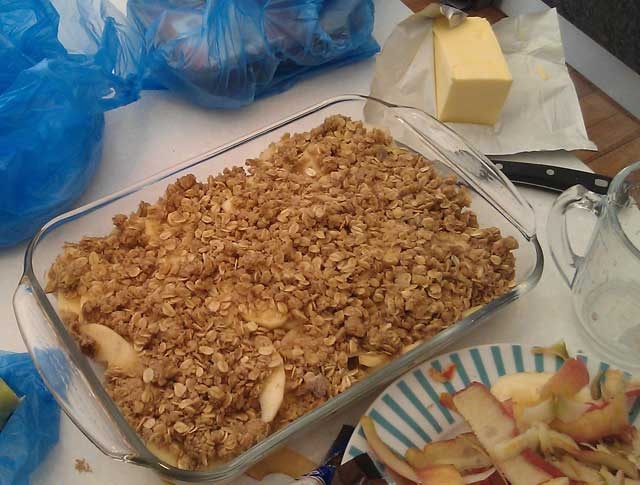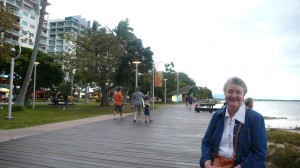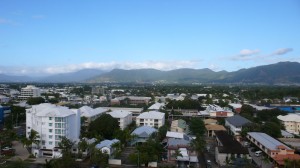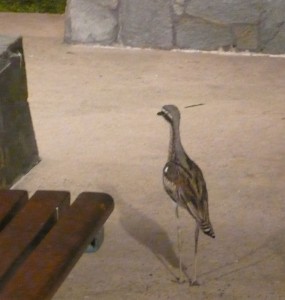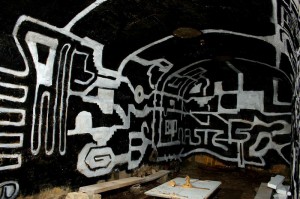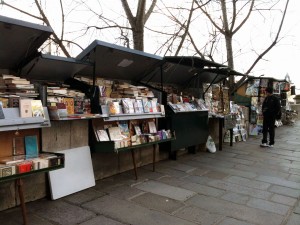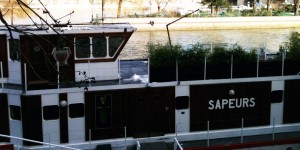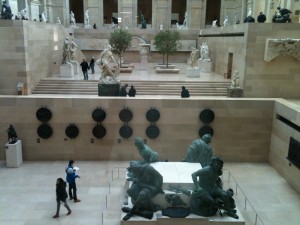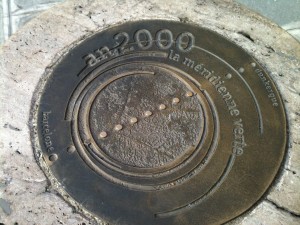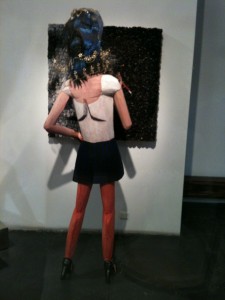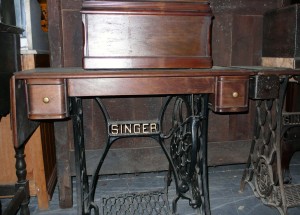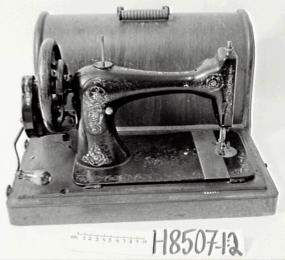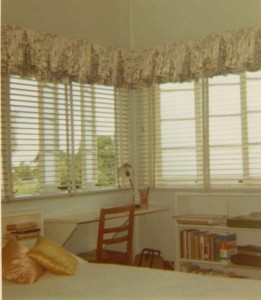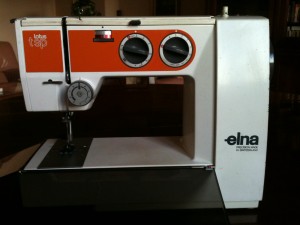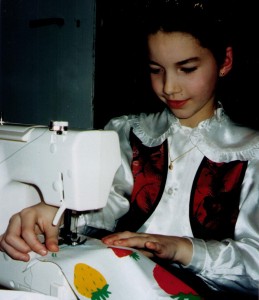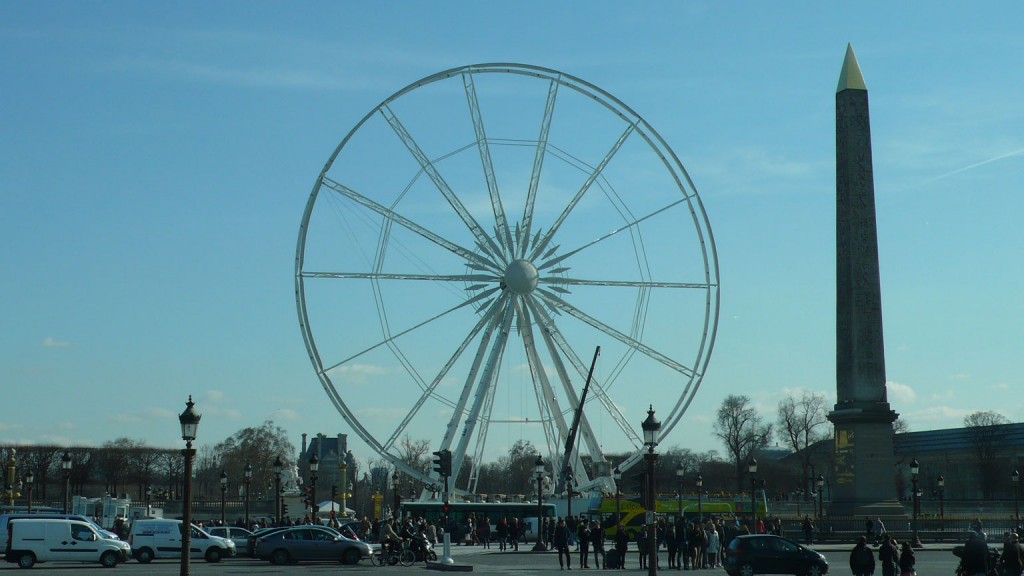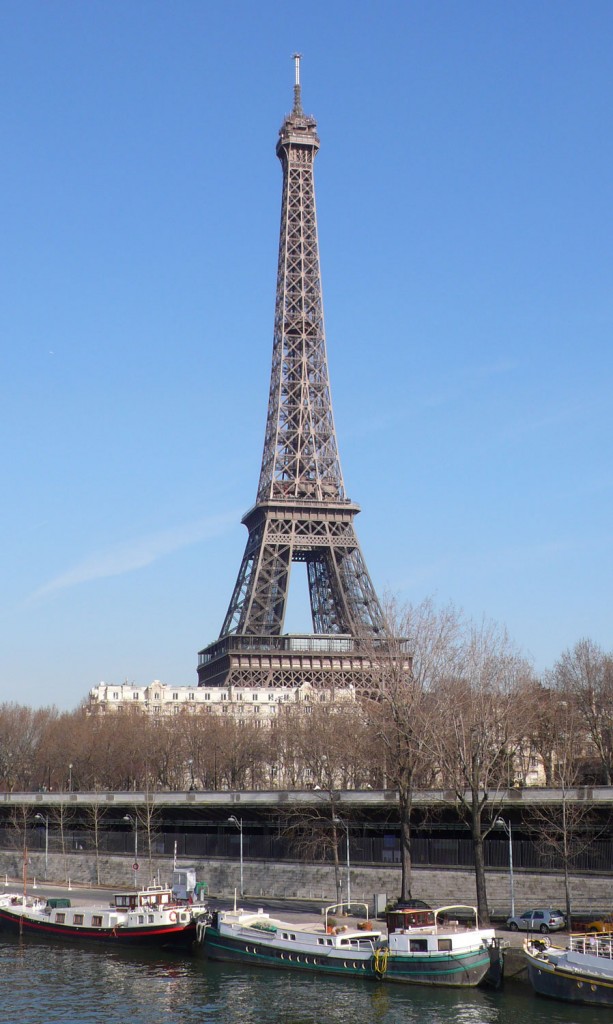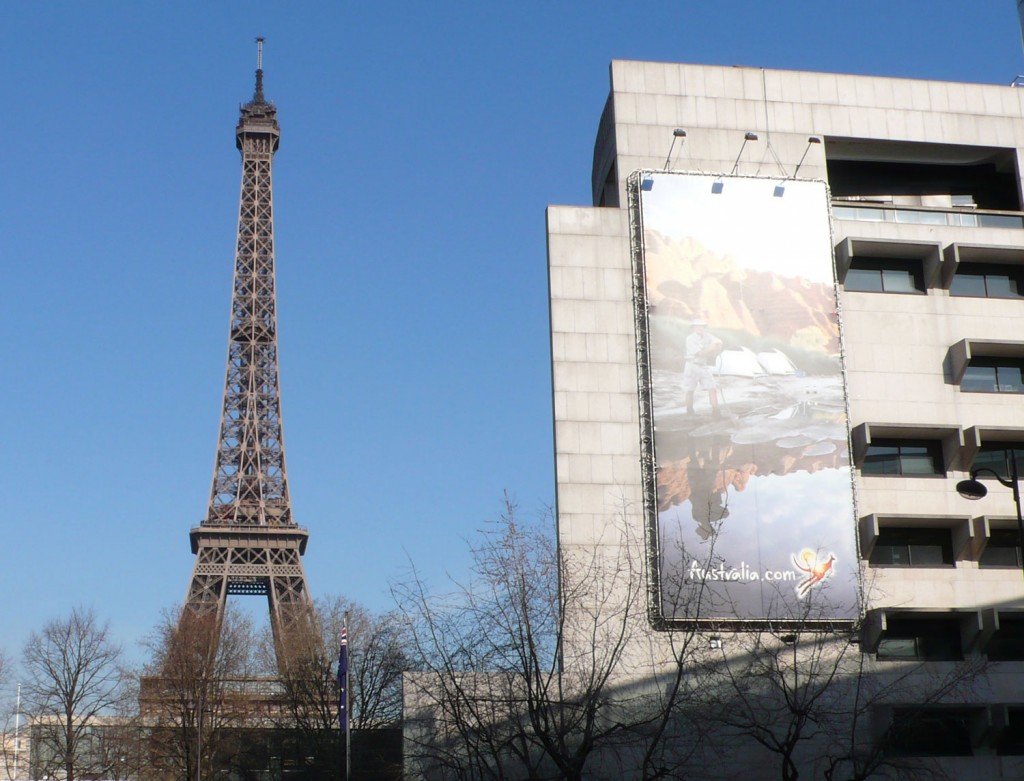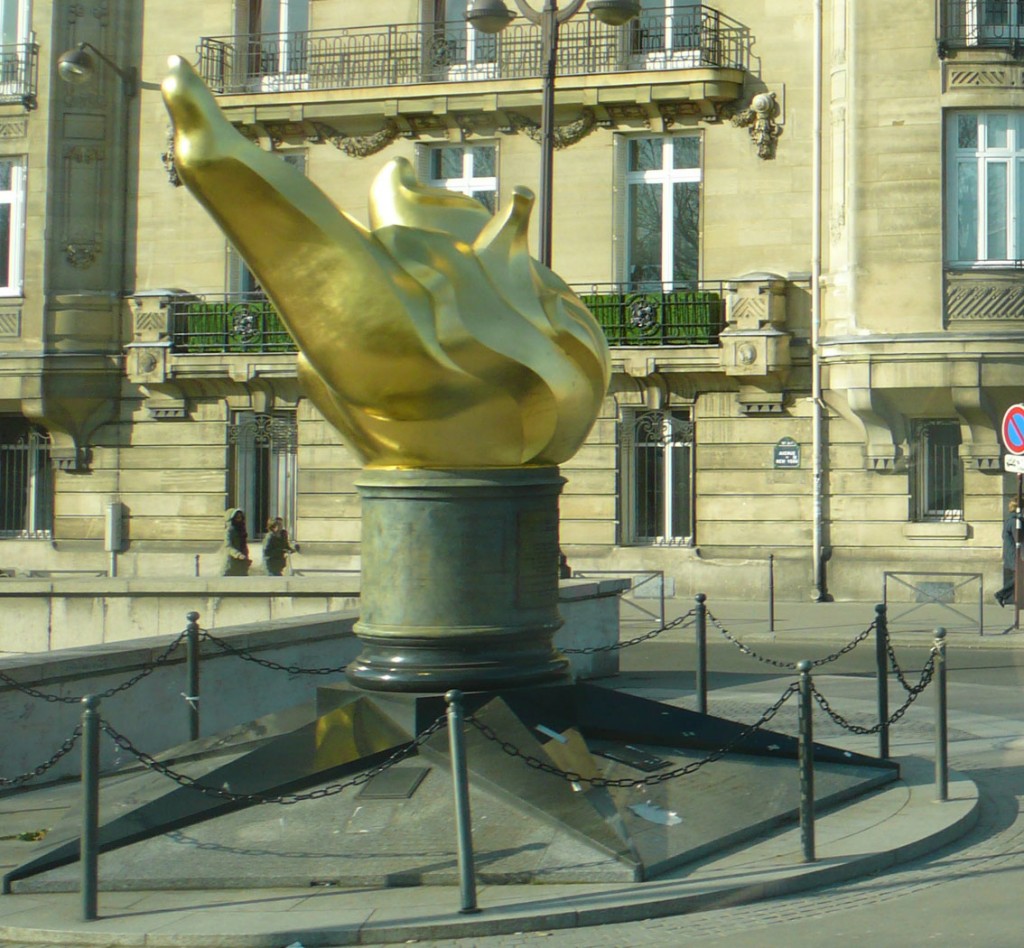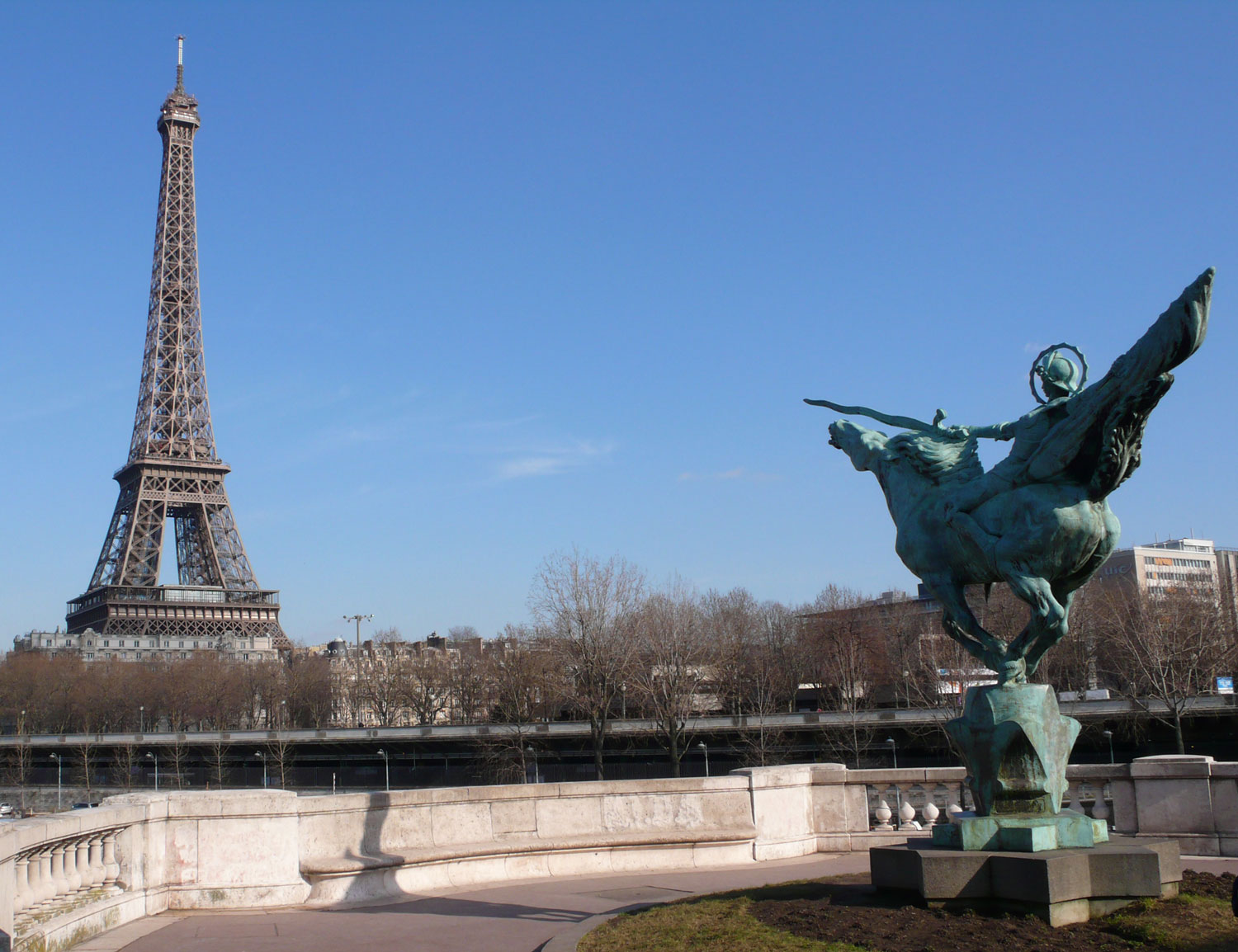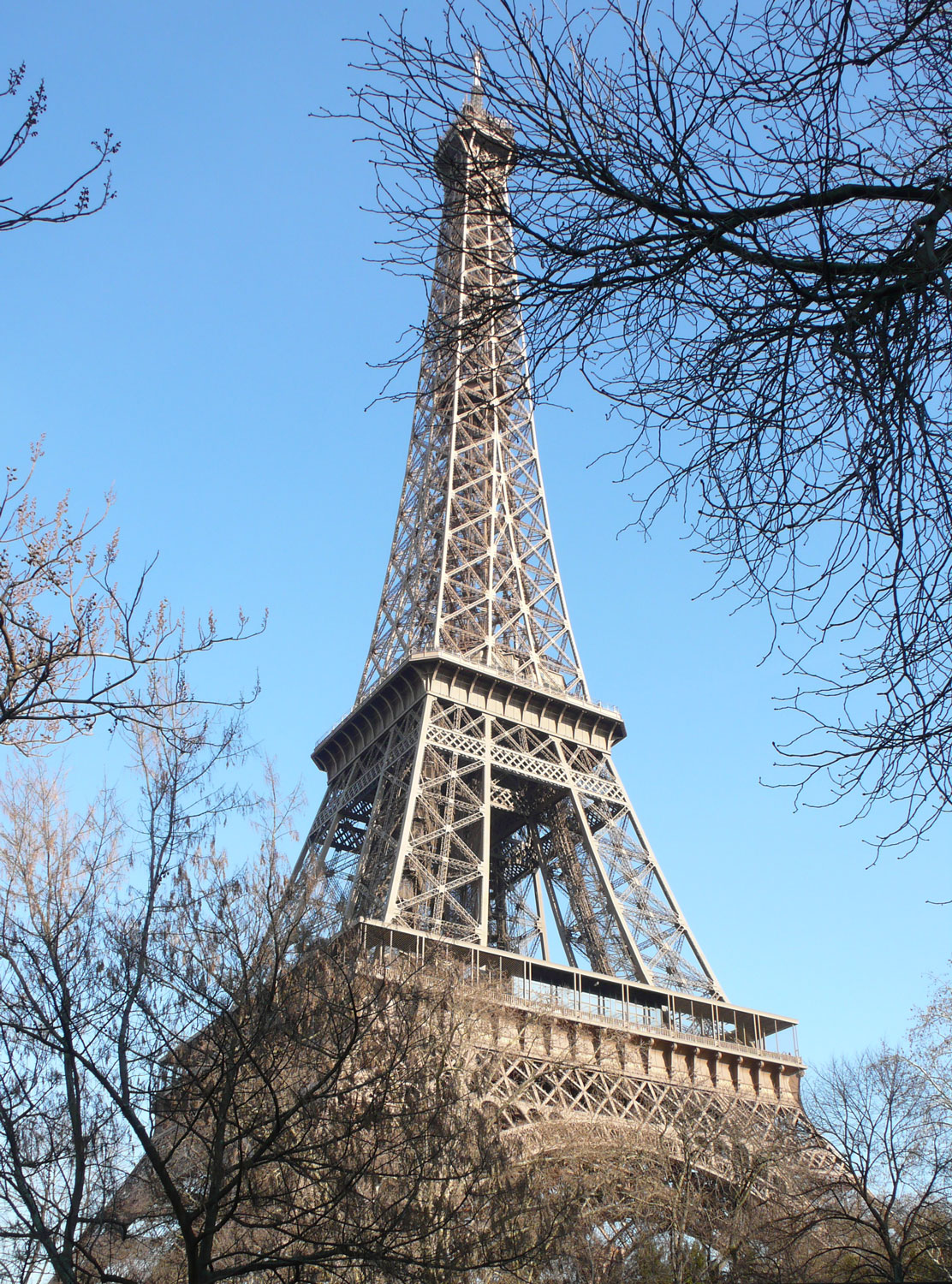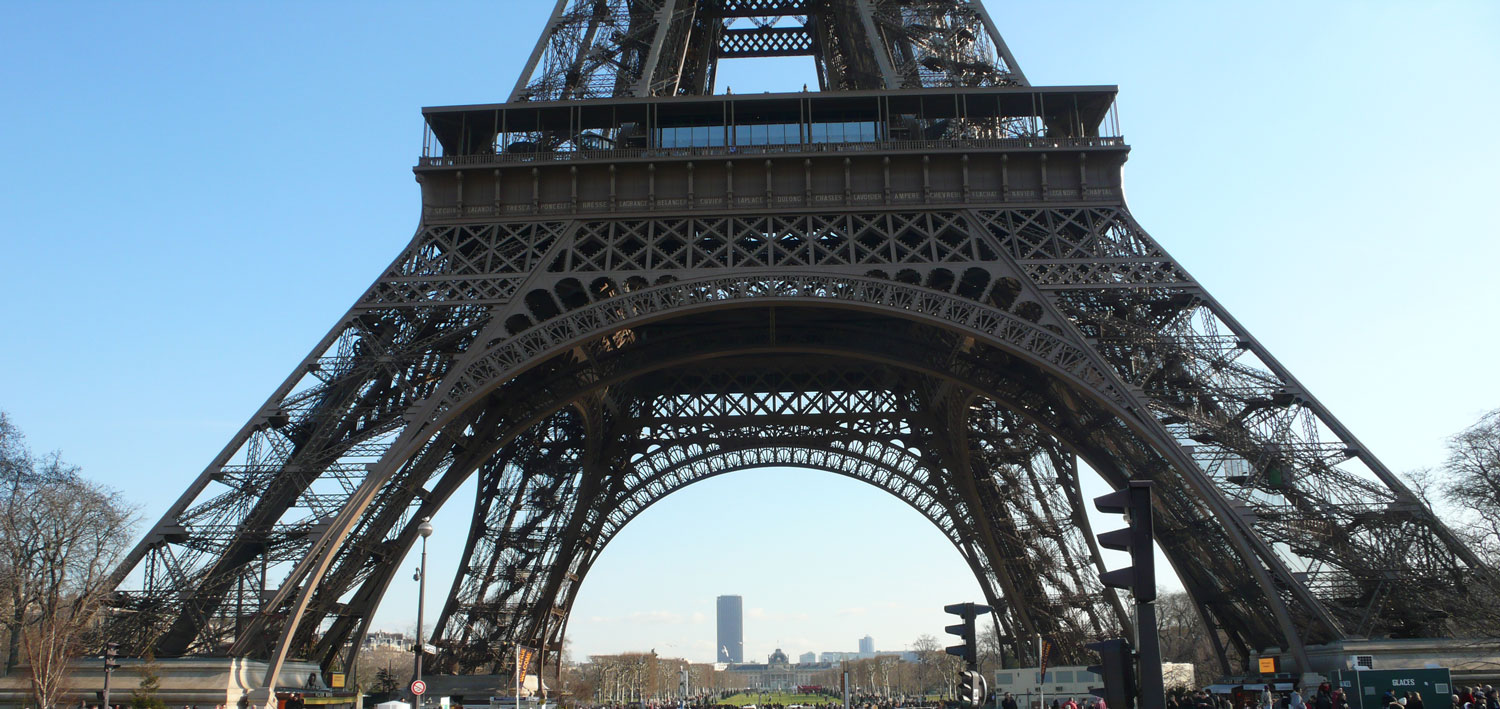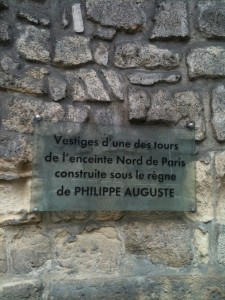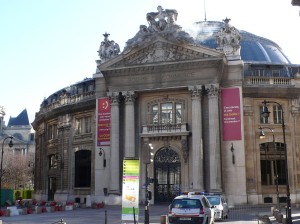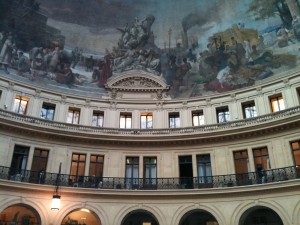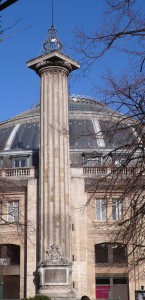Part 1 ended as we left Castello de la Sarre on our way to Milan. Hotel Vecchia Milano turned out to be somewhat old and decrepit despite the photos on the website. I gave up staying in the “oldest hotel” in this or that city long ago. I should have paid more attention to the “vecchia” bit. However, the room was fairly spacious and the bed was comfortable. The breakfast was awful but that is often the case in Italy. I’d chosen the hotel because it was so well located – very close to the Duomo – and the fact that we could park in an underground parking lot at a reasonable price. Remember we had our bikes on the back. But more about that later!
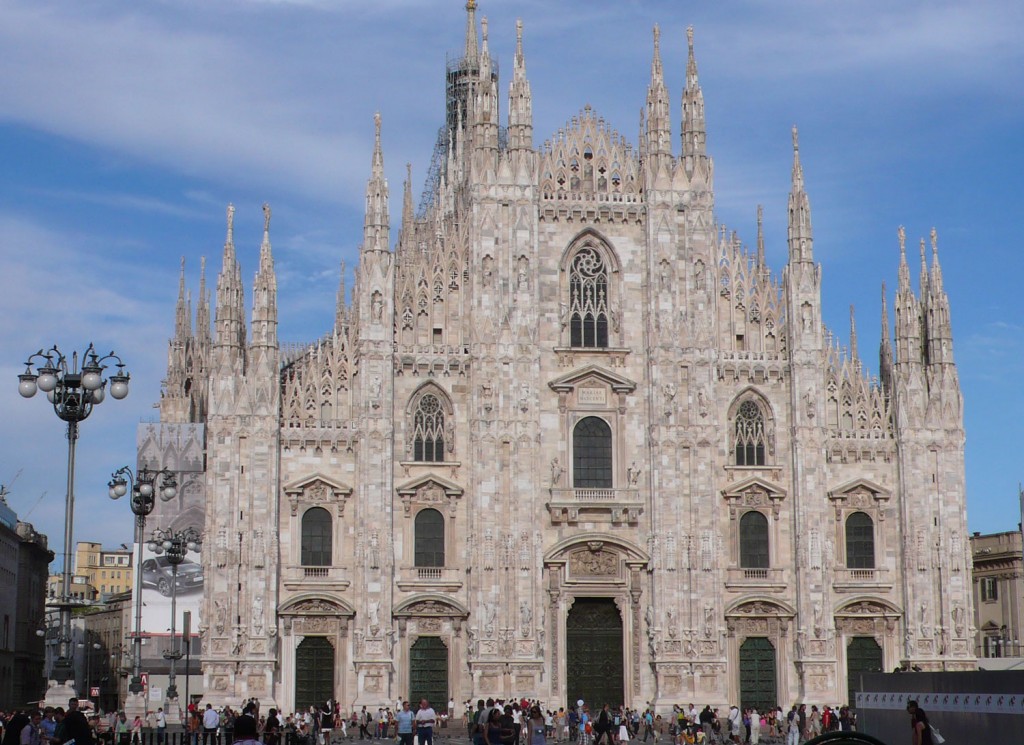
We fell instantly in love with the Duomo as everyone must. The change of colour as the light waxes and wanes is fascinating and so are all the incredible architectural details. We had our aperitivo at a café opposite the northern façade (I only know that because churches always face east) and spent a lot of time with our binoculars scrutinising the impressive number of sculptures. Then we found a very nice little restaurant for dinner called “Da Vin – La Toscana e il resto del mondo” in a little street near the Porta Ticinese and ate a tagliata in memory of one of our most unforgettable culinary experiences in Italy. We arrived in a little town called Castiglione Fiorentino at lunchtime, tired, hot and hungry in our pre-Tom Tom days, with our tempers a little frayed. There was a nondescript restaurant next to the church called “Da Muzzicone”.
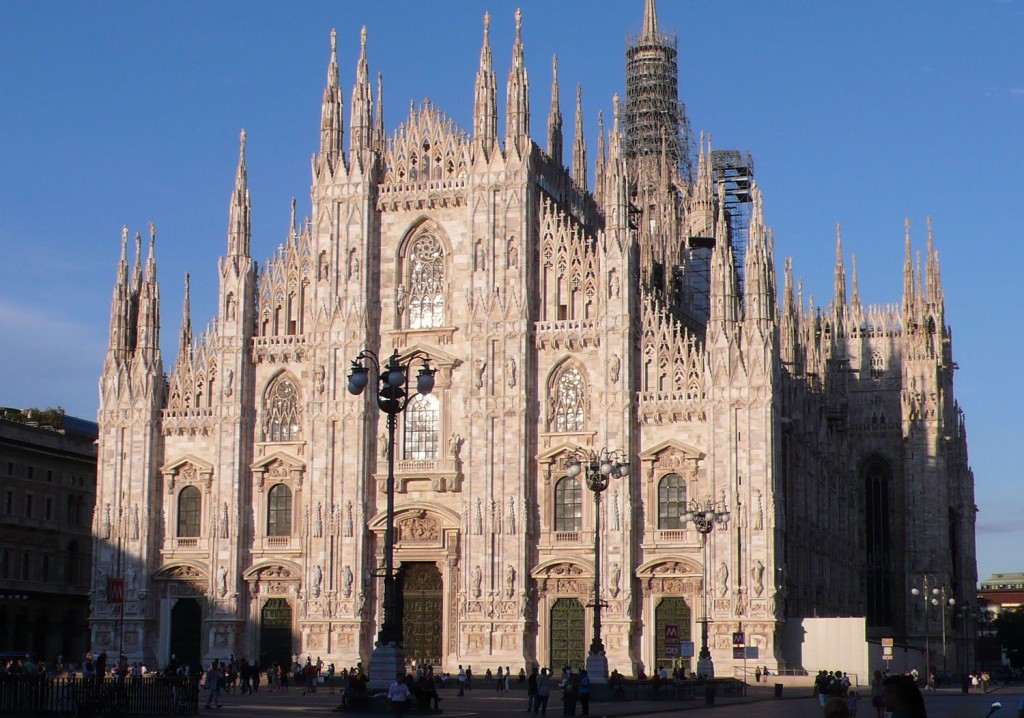
There was no menu and no one spoke anything but Italian. When the lady told us what we could have, I identified insalata mista and tagliata which I knew was some sort of red meat. It was cooked on hot embers in the far corner of the room and was served with an olive oil, rosemary and green pepper sauce. We still talk about that meal. Tagliata means “sliced” so can actually be any cut of meat but the version you get in Tuscany is really a côte de boeuf without the bone. And we know how much I like côte de boeuf.
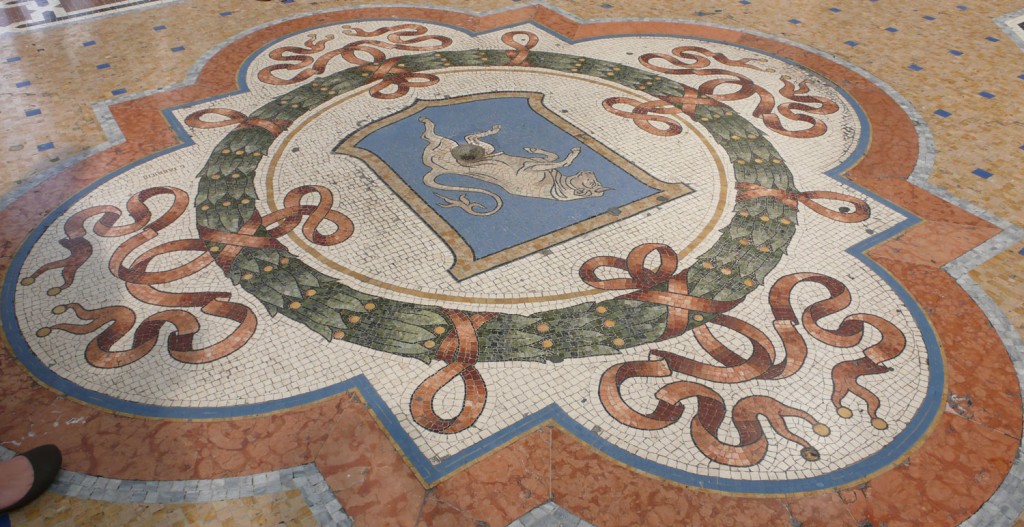
Back in Milan, we visited the inside of the Duomo next day and were not disappointed. I also love the statues outside that are shiny from everyone stroking them. Other places to see are the Piazza delle Scala, home of the famous opera, the immense Galeria Emanuelle Segundo with its mosaic floor, Piazza Mercanti with its mediaeval façades, Santa Maria delle Grazie containing Leonardo da Vinci’s Last Supper for which you have to book a couple of days in advance (which we didn’t of course), San Maurizio, once a Benedictine monastery, with its magnificent frescoes of Noah’s Ark and the Castello which contains Leonardo’s last unfinished sculpture which he started at the age of nearly 90.
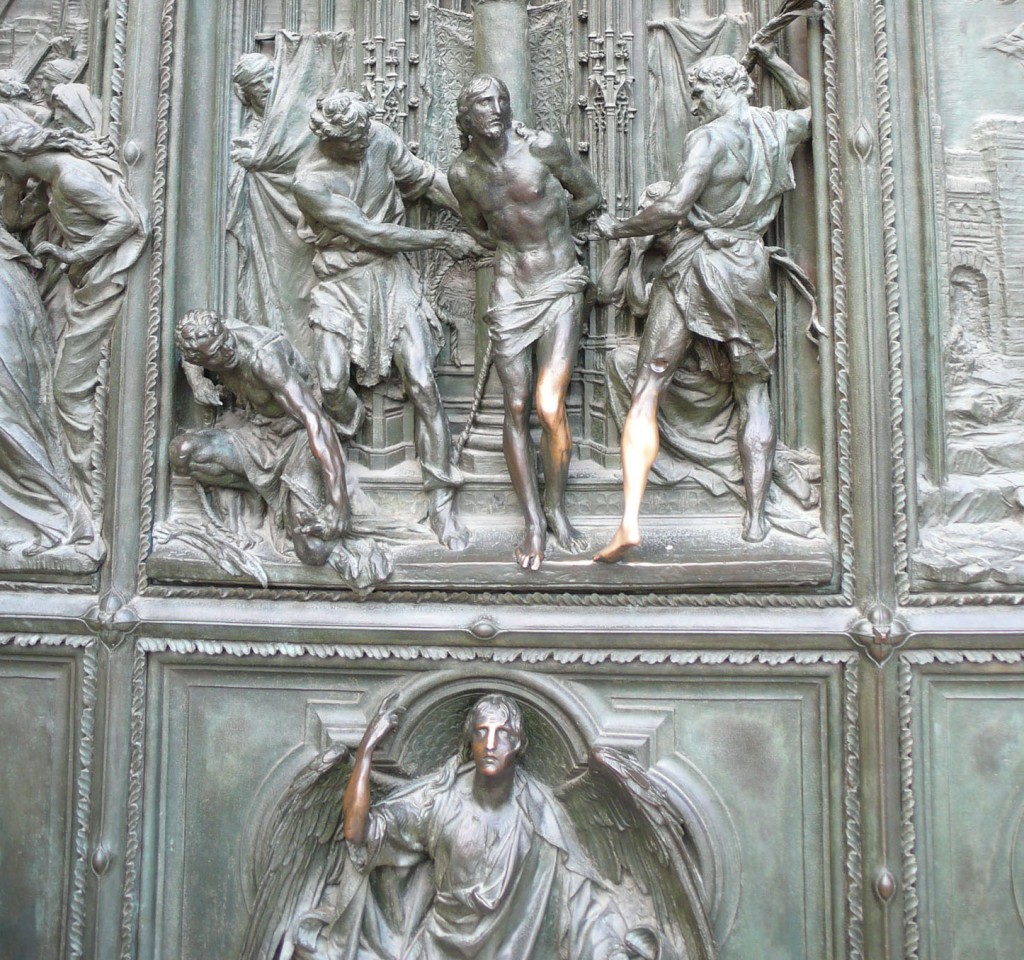
Excellent aperitivo at the Marcenti Caffe, 21 Via Dei Mercanti, where we were joined by friends who happened to be in Milan that weekend! We trekked down to the canal which was literally alive with Milanese and tourists. It was also alive with mosquitoes to my great dismay as mosquitoes find me particularly attractive. We sat down in the armchairs outside one of the many bars along the canal and discovered that you can practically have a complete meal just buying a drink that gives you unlimited access to the buffet inside. A lot of the people had repellent with them. Had I only known! I had some Wackoff back at the hotel. However, I would recommend going to Cheese at 11 Via Celestino IV just next to the Porta Ticinese instead. By the time we got there for dessert, covered in mosquito bites, the buffet was over, but we’d seen it the night before and didn’t know how the system worked. It was sumptuous.
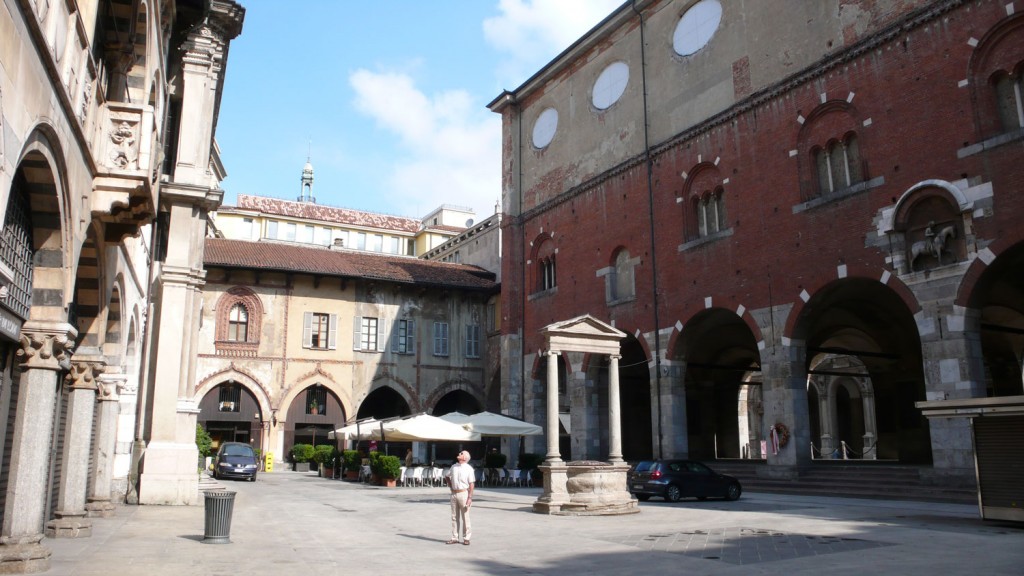
We left next morning after paying a horrendous garage bill – 103 Euros for two days instead of the 60 Euros announced by the hotel. It turns out that their “agreement” with the underground parking lot had changed but they had omitted to tell us. I was furious but it didn’t change anything of course. Next stop Ancona.
